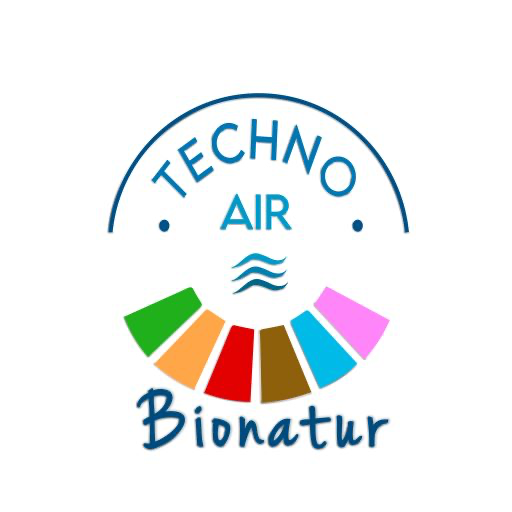H2S
Hydrogen sulphide or sulphuric acid is an inflammable gas, which is colourless and toxic, whose odour is that of decomposing organic material. It is associated with processes such as water purification, the paper industry or biogas production. It is a gas that does not only generate problems in the environment through its bad smell but also affects machinery and pipework due to its highly corrosive nature.
What is H2S?
Hydrogen sulphide, also known as sulphuric acid in an aqueous solution is a binary acid with the formula H2S. This gas, heavier than air, is inflammable, colourless, toxic and odiferous: its smell is that of decomposing organic material, like rotten eggs.
How can H2S affect us?
AT A TOXIC LEVEL: the toxicity of sulphuric acid is similar to that of hydrocyanic acid. From 50 ppm it has a narcotic effect on the receptor cells of the sense of smell and the people affected do not notice the smell. From 100 ppm it can cause death.
AT A CORROSIVE LEVEL: it is most responsible for all the corrosion problems in drainage projects and facilities and in paper industry pipework or transport of hydrocarbons industry. In electricity from biogas production facilities, it also affects the generators and the rest of the equipment with which the gas comes into contact.
AT THE BAD SMELL LEVEL: it can be noticed in low concentrations (0.002 to 0.2 ppm) within a wide radius of action around inspection chambers, pumping stations and Waste Water Treatment Plants (WWTP). It is a particularly unpleasant smell, which leads to complaints from neighbours and gives a negative image to the affected companies.

 English
English  Español
Español  Français
Français  Português
Português 